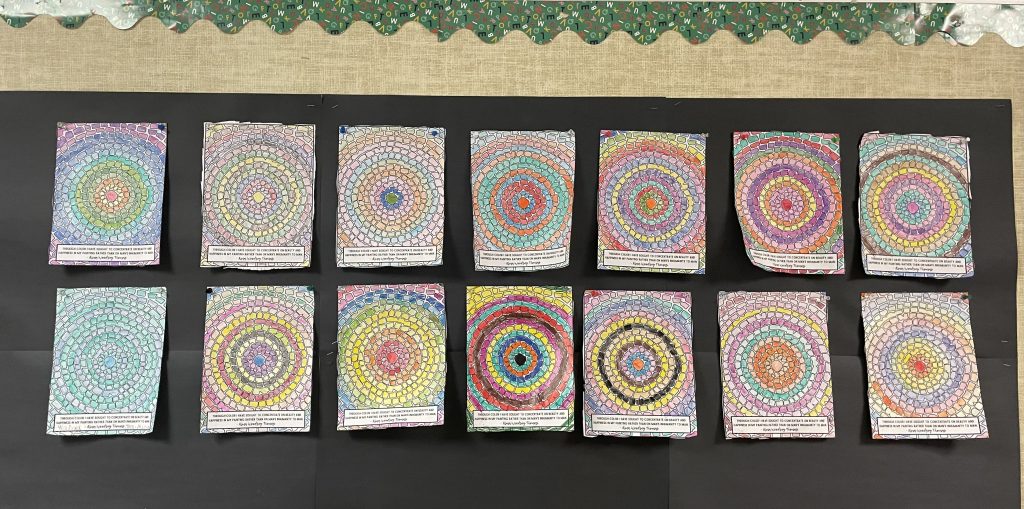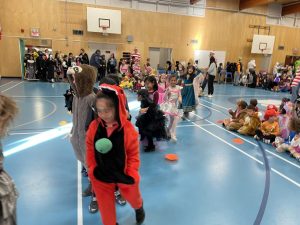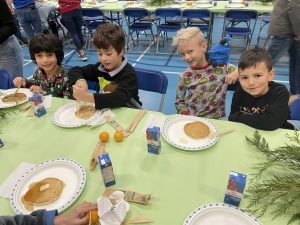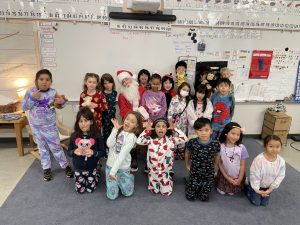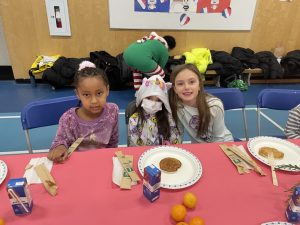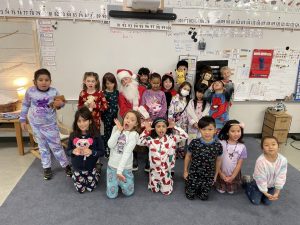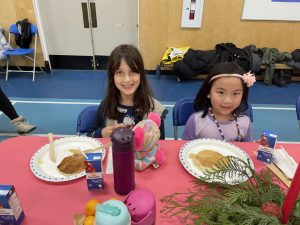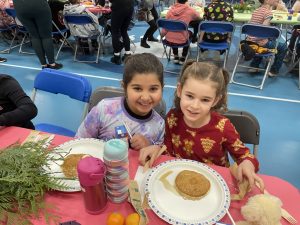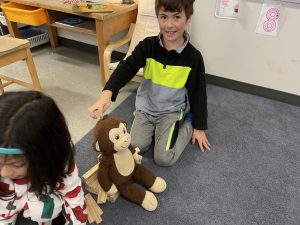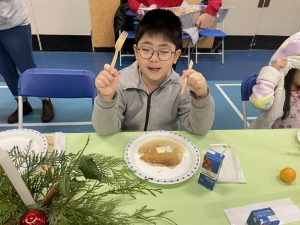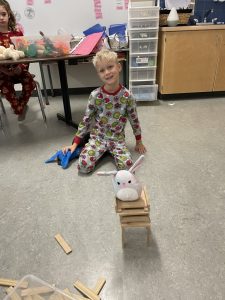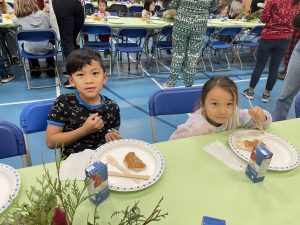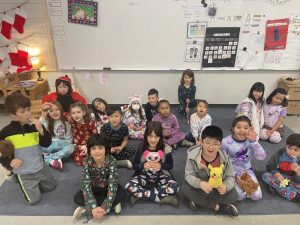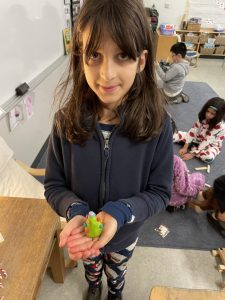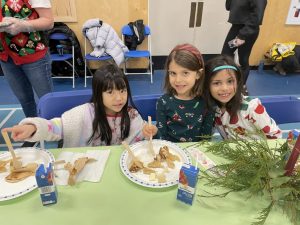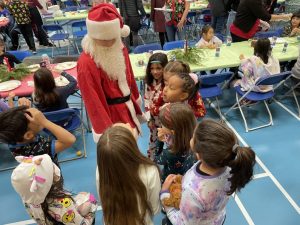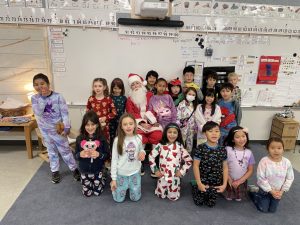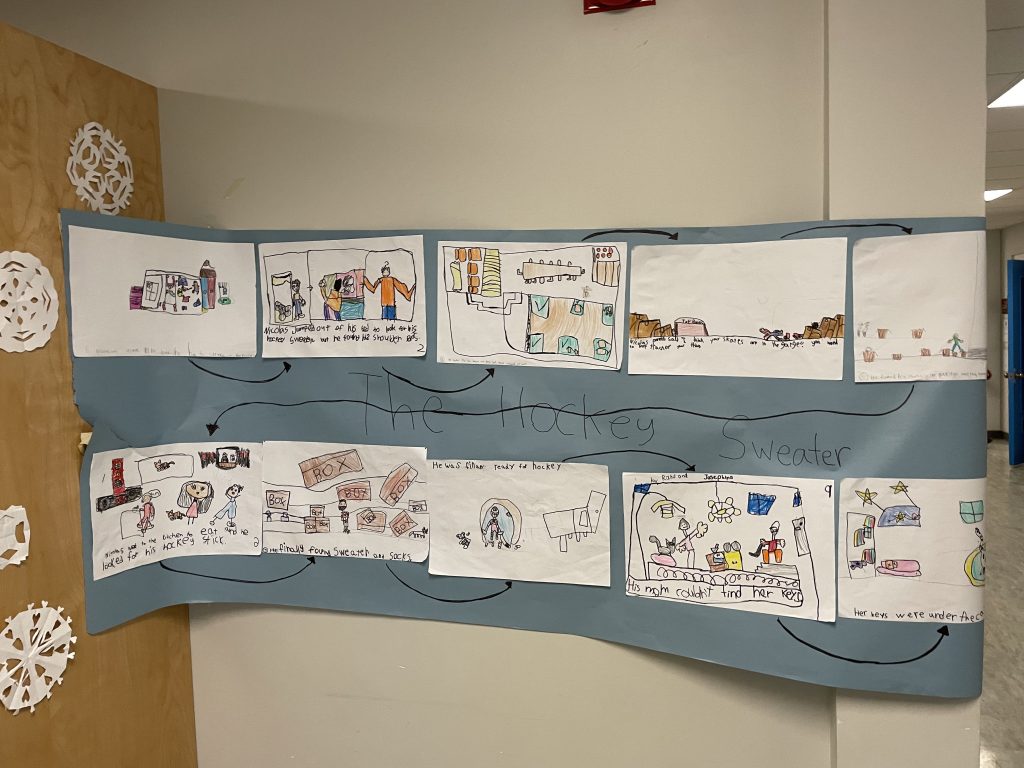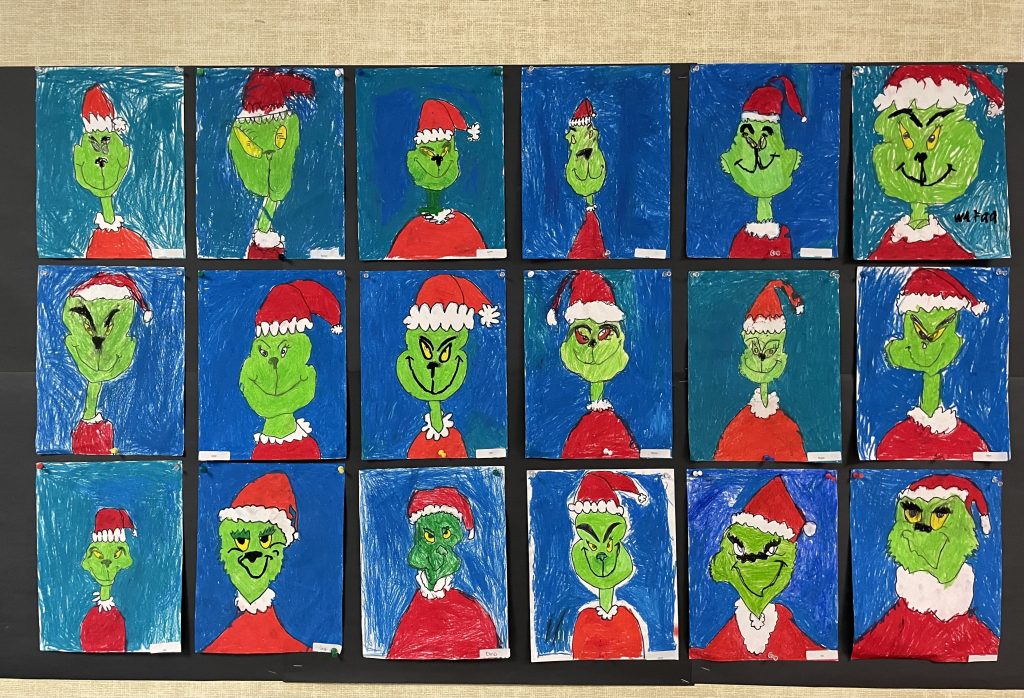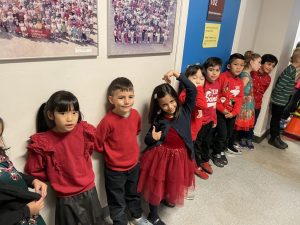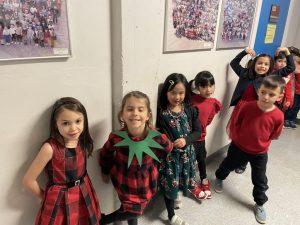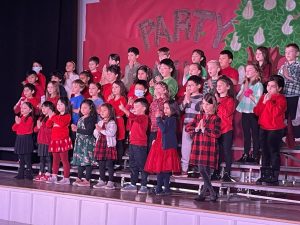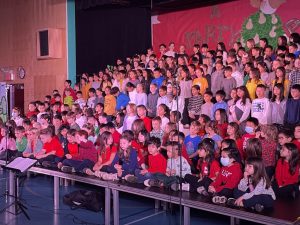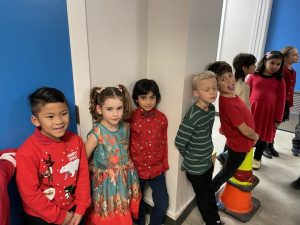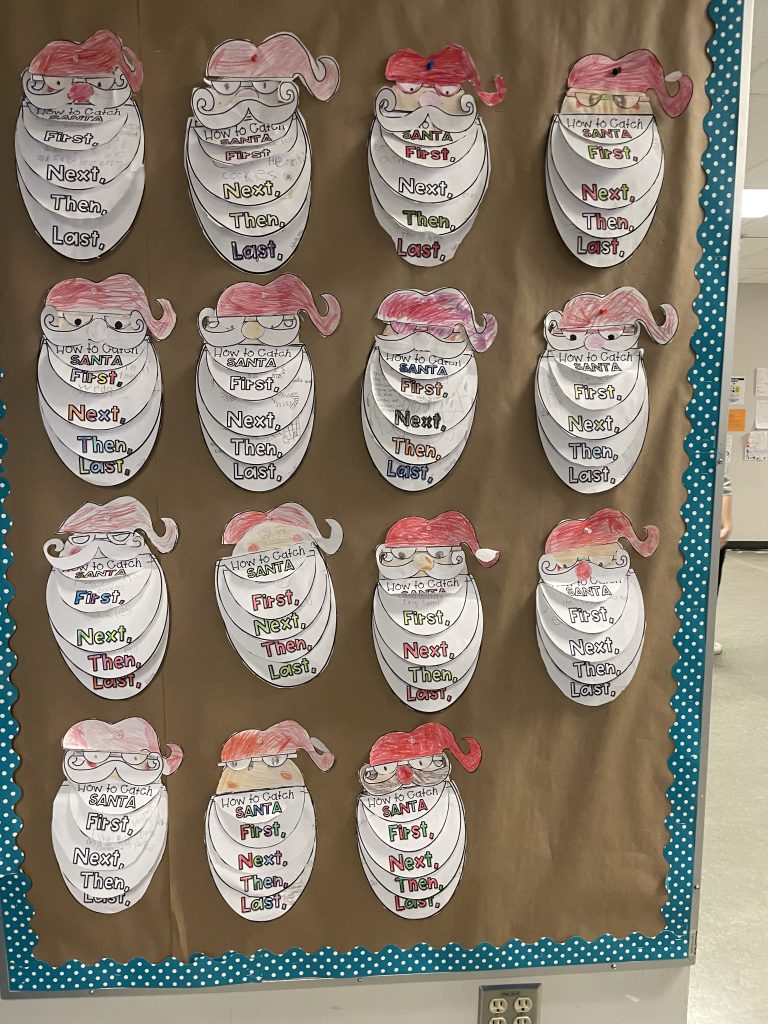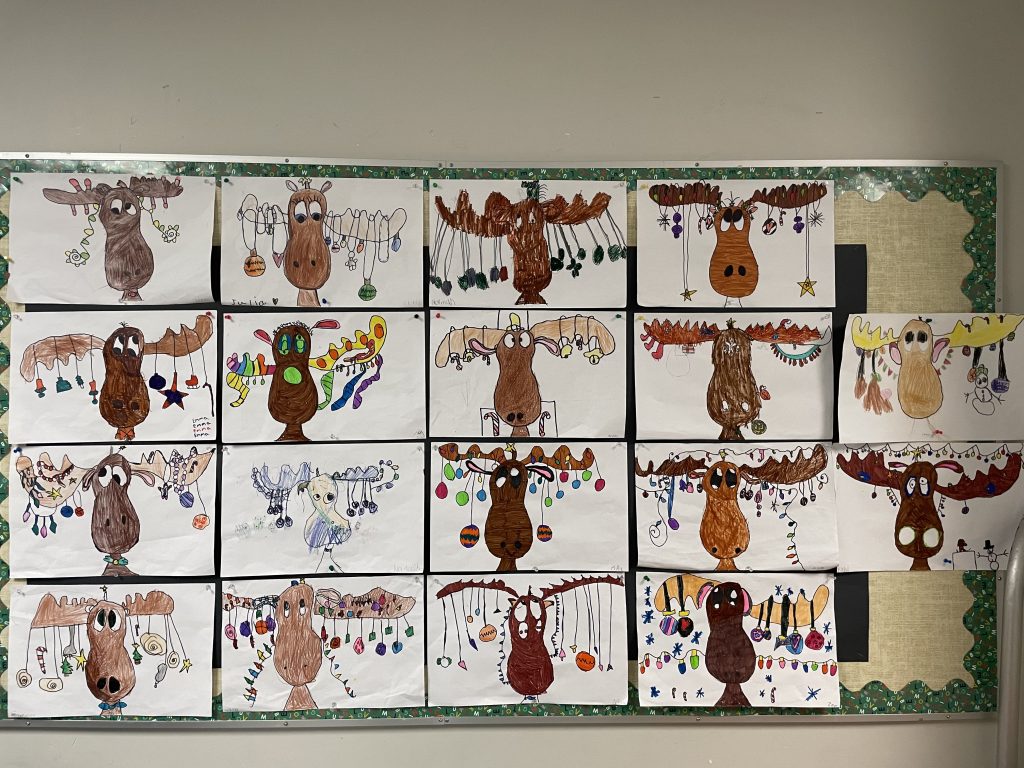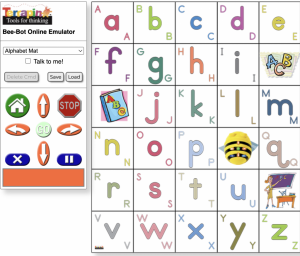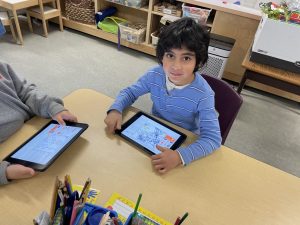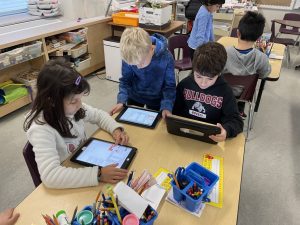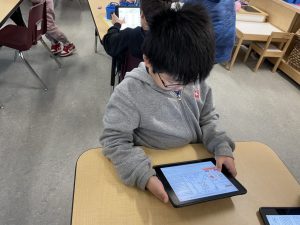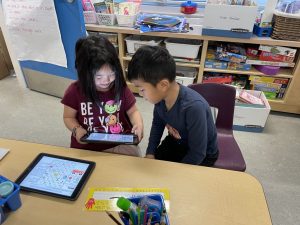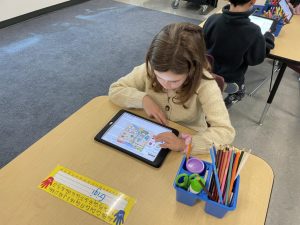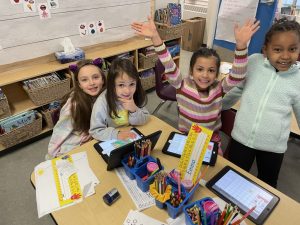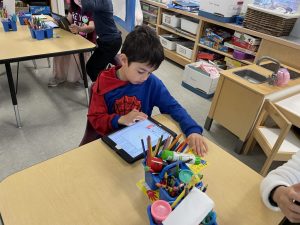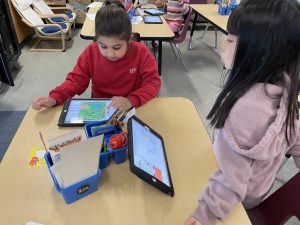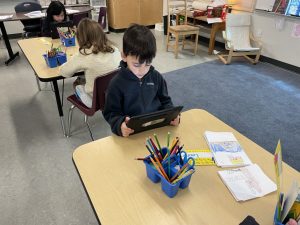Last week we completed our unit on Landforms with creating dioramas! They turned out wonderful!
Here are some pictures:
Big Ideas:
- Canada is made up of many diverse regions and communities
- Inquiry through the arts creates opportunities for risk taking
- Skills can be developed through play
Curricular Competencies:
- Explain how participation in outdoor activities supports connections with the community and environment
- Use Social Studies inquiry processes and skills to ask questions; gather, interpret and analyze ideas; and communicate findings and decisions
- Engage in problem-solving experiences that are connected to place, story, cultural practices, and perspectives relevant to local First Peoples communities, the local community, and other cultures
- Incorporate First Peoples worldviews and perspectives to make connections to mathematical concepts
- Demonstrate curiosity and a sense of wonder about the world
- Experience and interpret the local environment
- Choose tools and materials
- Make a product using known procedures or through modelling of others
- Use trial and error to make changes, solve problems, or incorporate new ideas from self or others
Learning Involved:
- Experience and interpret the local environment
- diverse features of the environment in other parts of Canada and the world
First Peoples Principles of Learning:
Learning ultimately supports the well-being of the self, the family, the community, the land, the spirits, and the ancestors
- Learning is holistic, reflexive, reflective, experiential, and relational
Core Competencies:
Critical Thinking
- I can ask questions and consider options. I can use my observations, experience, and imagination to draw conclusions and make judgments
Creative Thinking
- I get new ideas when I play and explore
Communication
- I can share my ideas and questions
- I can listen to others
Social Responsibility
- I am kind to others and our environment


















